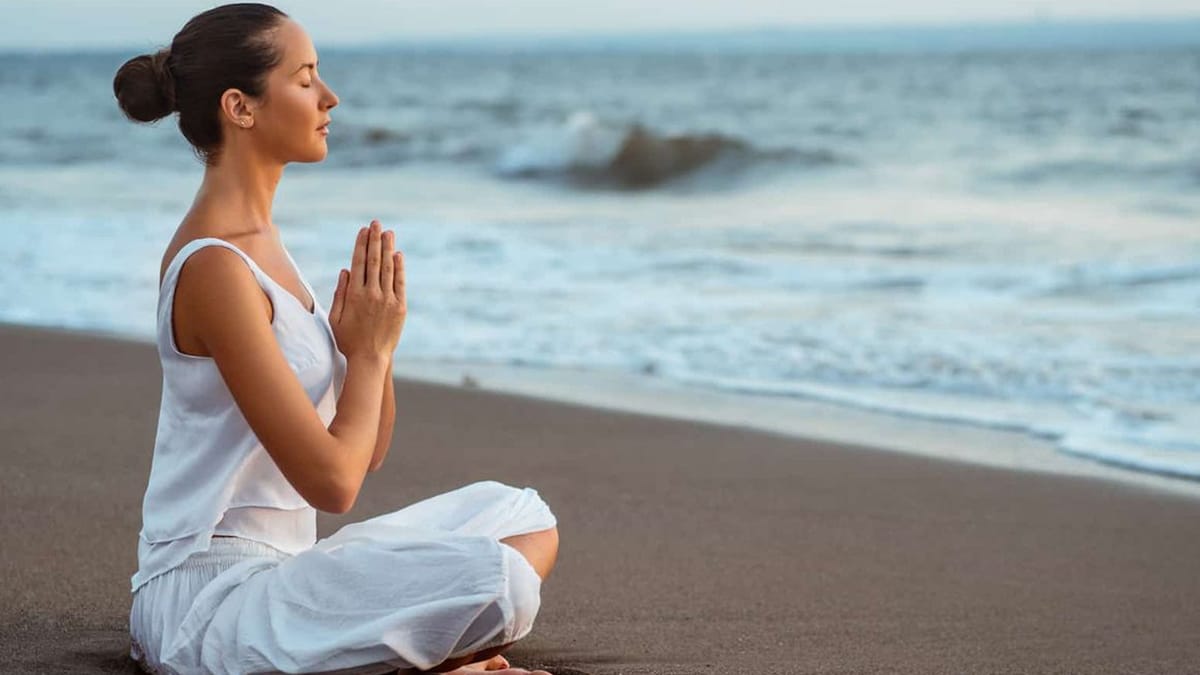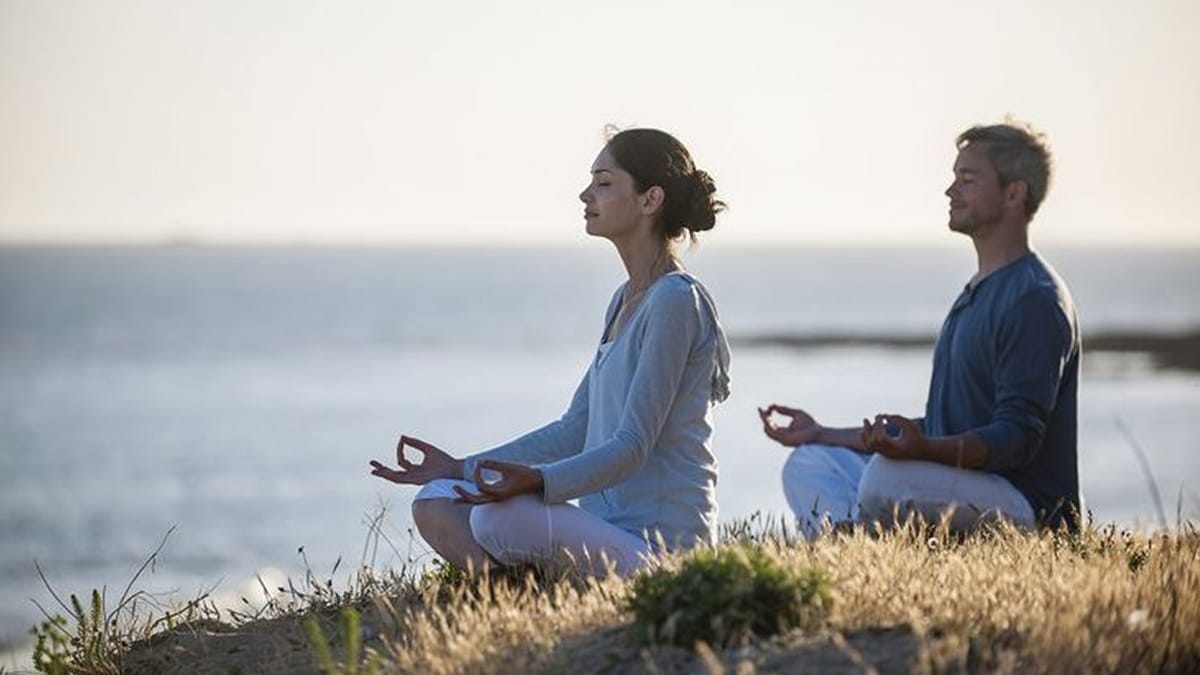What Are the Most Effective Yoga Warm Up for Beginners Poses?
Introduction
For anyone starting yoga, the question often arises: what are the most effective yoga warm up for beginners poses? The quick answer is that gentle, targeted poses that prepare the spine, joints, and muscles are the best. These include cat-cow stretches, neck rolls, gentle twists, forward folds, and shoulder openers. They protect beginners from injury, enhance flexibility, and shift the mind into focus before deeper practice. Without these warm up poses, the risk of strain, discomfort, and discouragement increases dramatically.

Why Yoga Warm Up for Beginners Is Crucial
Warm up is not just a physical requirement, it is also a psychological and energetic preparation. For beginners, jumping into yoga poses without preparation can be dangerous. Muscles may be stiff from inactivity, joints may be less lubricated, and posture awareness is often low. Effective warm up poses help blood circulation, activate the core, and bring awareness to the breath. This is why every expert recommends beginners to never skip warm up.
Core Benefits of Warm Up Poses
1. Prevents injuries and strains that could set back progress
2. Enhances mobility in hips, shoulders, and spine
3. Prepares the respiratory system for deeper pranayama
4. Builds mental focus and mindfulness
5. Reduces anxiety, improves mood, and builds confidence
Most Effective Warm Up Poses for Beginners
Neck Rolls and Shoulder Shrugs
Tension often accumulates in the neck and shoulders, especially for beginners with desk jobs. Neck rolls relieve stiffness, while shoulder shrugs increase mobility and circulation.
Cat-Cow Stretch (Marjaryasana-Bitilasana)
One of the most essential warm up poses, this dynamic spinal movement improves flexibility, warms up the back, and connects breath with motion. Beginners feel immediate release of stiffness.
Seated Spinal Twist
This gentle twist activates the obliques, improves digestion, and prepares the core for balance poses. It also strengthens awareness of spinal alignment.
Forward Fold (Uttanasana)
Forward folds stretch hamstrings, calves, and back muscles. For beginners, bending the knees slightly prevents strain and still offers powerful benefits.
Wrist and Ankle Rotations
Beginners often ignore smaller joints, yet these are crucial for support in poses like downward dog or plank. Rotations lubricate and prepare them safely.
Child’s Pose (Balasana)
A restorative yet powerful warm up pose. It relaxes the nervous system, opens the hips, and prepares the practitioner mentally for practice.
Bridge Pose (Setu Bandhasana)
This beginner-friendly backbend activates glutes, strengthens the spine, and opens the chest. It also balances the body’s energy before more demanding asanas.
Breathing Exercises
Warm up should not only target the body, but also the breath. Simple diaphragmatic breathing or alternate nostril breathing calms the mind and improves oxygen flow.
Scientific Support for Warm Up
Sports medicine research emphasizes that warm up routines reduce injury risk by up to 40 percent. According to a study in the Journal of Sports Science, gradual stretching increases elasticity of muscles and tendons, making movements safer. Applied to yoga, this evidence shows that warm up poses are non-negotiable for beginners.
Common Mistakes Beginners Make
1. Skipping warm up due to time pressure
2. Rushing through warm up without mindful breathing
3. Forcing the body beyond natural flexibility
4. Ignoring smaller joints like wrists and ankles
5. Assuming warm up is optional in short yoga sessions
Tips for Practicing Warm Up Poses
1. Spend at least 7–10 minutes on warm up
2. Synchronize each movement with deep breathing
3. Start with gentle mobility before deeper stretches
4. Focus on body awareness rather than speed
5. Use props like blocks or cushions if needed
Psychological and Emotional Impact
Warm up has a profound effect on mindset. For beginners, starting yoga can be intimidating. Warm up poses reduce fear, create familiarity, and build a ritual of trust with the body. This psychological safety increases consistency and long-term results. Studies in psychology also suggest that rituals before exercise enhance performance and adherence.
FAQs
What are the most effective yoga warm up for beginners poses?
Cat-Cow, neck rolls, forward folds, gentle twists, and child’s pose are the most effective for preparing the body safely.
How long should warm up poses last?
Ideally 7–10 minutes, depending on session intensity.
Can warm up poses improve flexibility?
Yes, over time they reduce stiffness and gradually enhance range of motion.
Do I need equipment for warm up poses?
No, but a yoga mat ensures safety and props like blocks or straps can help.
Are warm up poses important for short yoga sessions?
Absolutely. Even brief yoga practices should start with warm up to protect the body.
Is it normal to feel discomfort during warm up?
Mild stretching sensations are normal, but sharp pain should be avoided.
Can warm up poses help with stress relief?
Yes, because they combine mindful breathing with gentle movement, lowering stress levels.
Practical Advice to Avoid Mistakes
1. Never skip warm up, no matter how short the practice
2. Avoid comparing your flexibility to others
3. Focus on breath as much as movement
4. Warm up consistently, not occasionally
Final Thoughts: Key Tips for Beginners
1. Always treat warm up poses as essential, not optional
2. Start with simple, low-intensity movements
3. Prioritize spine, joints, and breath in warm up
4. Listen to your body and progress gradually
5. Stay consistent for long-term growth
6. Use warm up as a ritual to mentally prepare
7. Combine warm up with mindful breathing for maximum effect
Recommended Products for Beginners
1. Non-slip yoga mat
2. Supportive yoga blocks
3. Comfortable stretchable clothing
4. Yoga strap for flexibility training
5. Meditation cushion for breathwork
Reference & Additional Reading
Inspired by studies and insights from:
www.health.harvard.edu
www.menshealth.com
www.healthline.com
www.womenshealthmag.com
www.ncbi.nlm.nih.gov
www.webmd.com
www.medlineplus.gov
www.tridenttech.edu
www.burnexia.com

